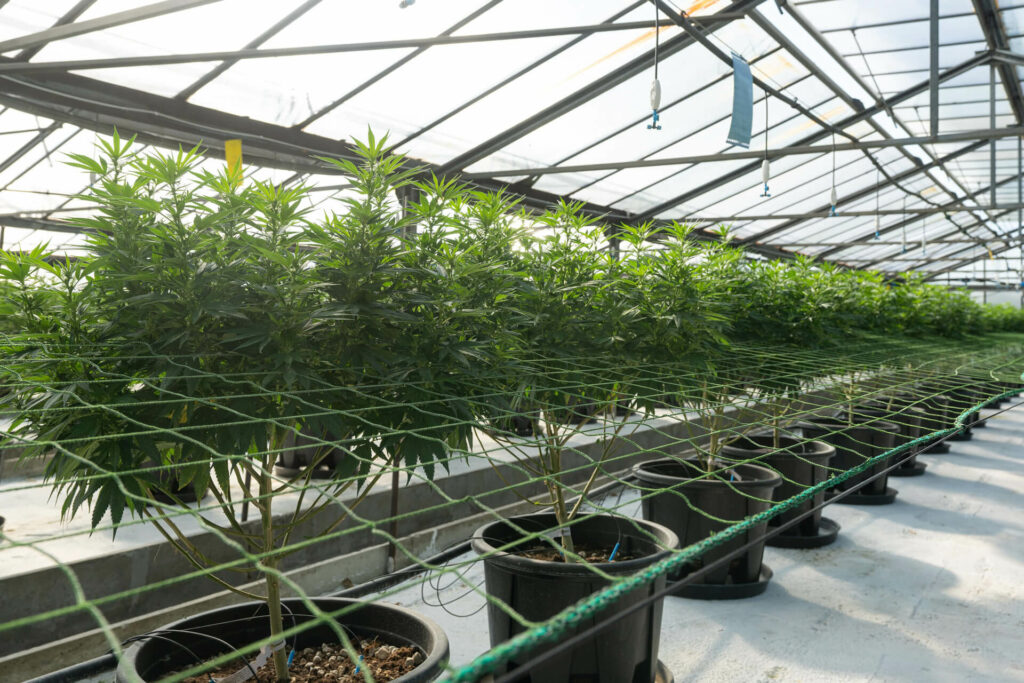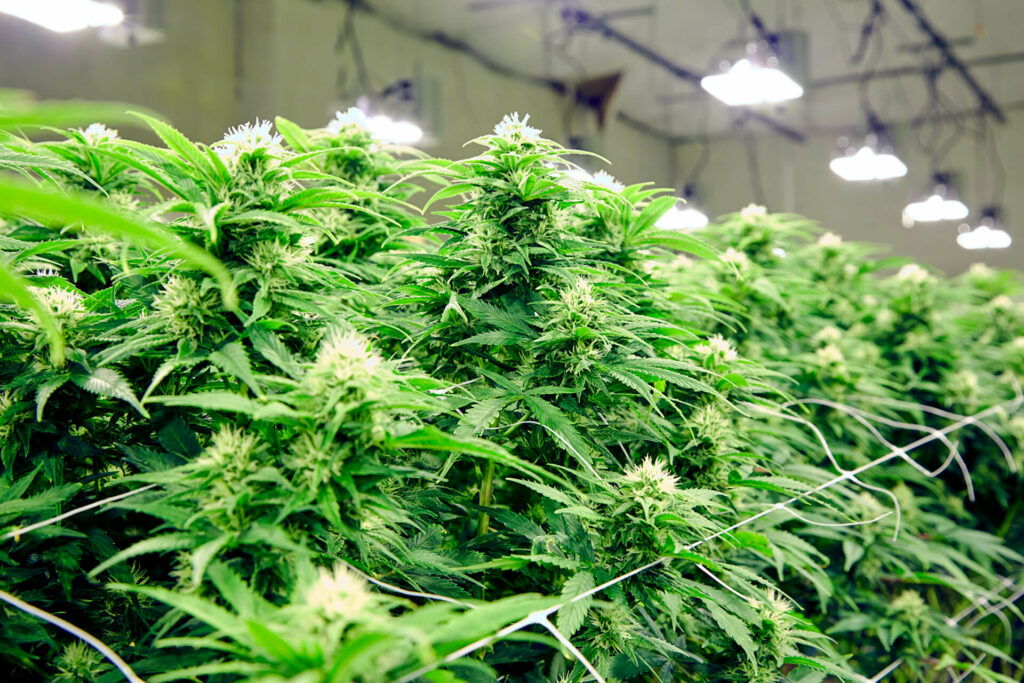Getting High
Cannabis, marijuana, hemp, weed, pot... all seem to mean the same. Perhaps because they are sourced from the cannabis plant. There is a difference though. Hemp is cannabis with less than 0.3% tetrahydrocannabinol (THC) by dry weight. If it contains 0.3% THC or more, it is marijuana. Hemp is not an intoxicant.
Delta-9 tetrahydrocannabinol (Δ-9-THC), also called delta-9 or simply THC, is among the two most famous cannabinoids, the other being cannabidiol (CBD). Cannabinoids are the active compounds in cannabis. THC is synonymous with delta-9 and is the primary psychoactive element of cannabis - it gets the user in a euphoric or intoxicated state, commonly called “getting high.”
As many as 11.8 million young adults from the United States used cannabis in 2017 according to a 2018 study by the National Institute on Drug Abuse (NIDA). Most people use cannabis / marijuana for getting the euphoric feeling. And since it is delta-9 that gives the high feeling, 11.8 million is a fairly accurate statistic on the number of delta-9 users.

Highs & Lows of Delta-9
Delta-9 consumption triggers the release of dopamine – the pleasure hormone which makes us feel good. This gets the user “high” i.e., provides a euphoric sensation, the feeling of intense well-being. This is the main reason why most users try delta-9 – for recreational purposes.
Evidence suggests a link between delta-9 and creative thinking! This could explain why artists of many types use cannabis.

That apart, delta-9 produces:
- Relaxing sensation
- Boost in appetite
- Changed perception of time
- Sharpened senses
Such effects are very much in sync with the reasons that Yahoo News identified for Americans using delta-9 in March 2017:
- Relaxation
- Recreation
- Pain relief
- Socialization
How strong these effects are depended on the:
- Type of cannabis used as the source of delta-9.
- Dosage.
- Age, tolerance levels, and weight of the user.
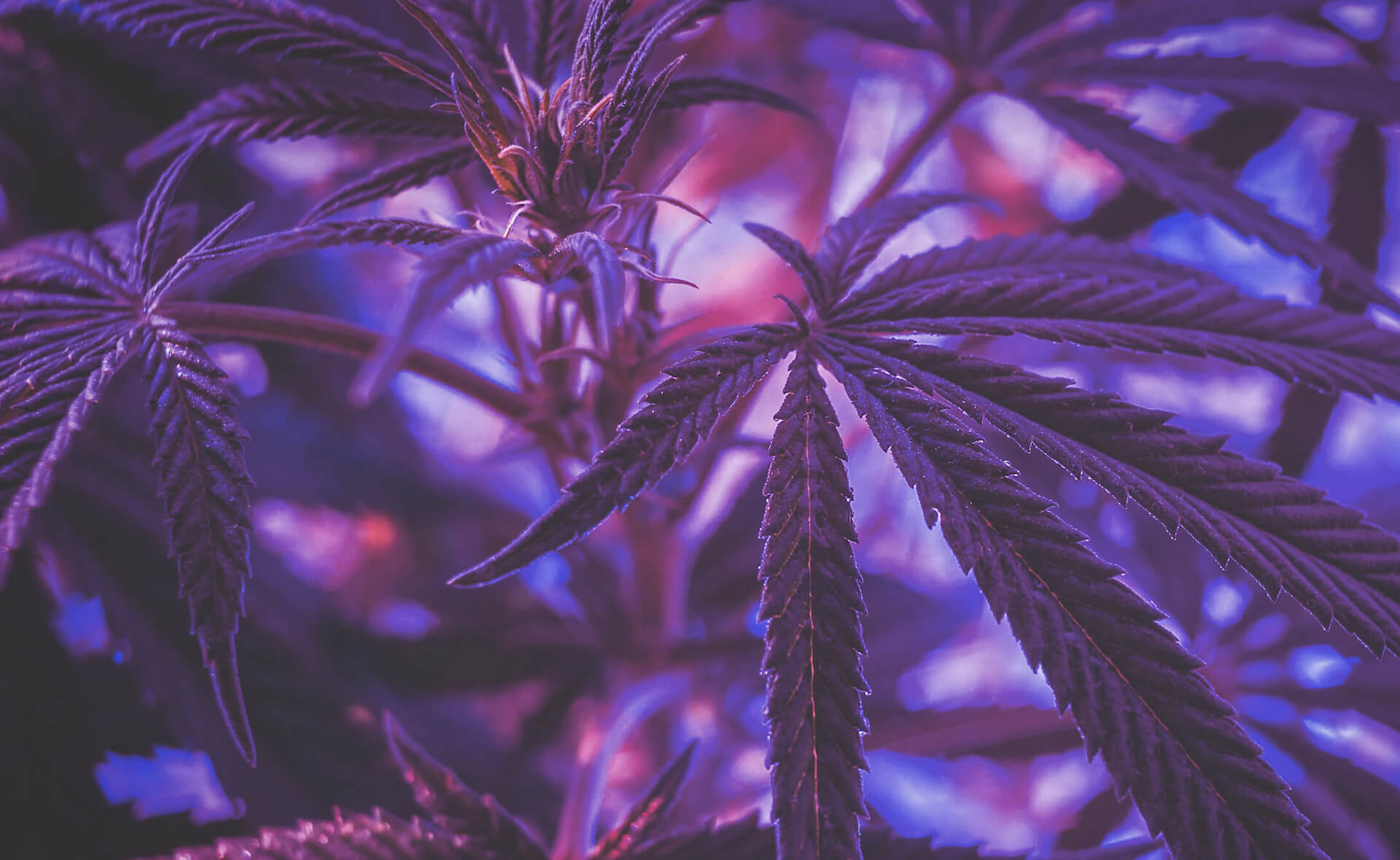
While this “high” is relaxing and soothing to some, it could cause anxiety in others.
Delta-9’s recreational effects alone do not explain its surging popularity. The cannabinoid also has multiple medical applications that stem from its action against:
- Pain
- Anxiety
- Post-traumatic stress disorder (PTSD)
- Depression
- Insomnia
- Reduced appetite
- Migraines
- HIV/AIDS symptoms
- Multiple sclerosis
- Inflammatory bowel disease (IBD)
- Muscle spasticity
- Glaucoma
- Seizures
- Irritable bowel syndrome
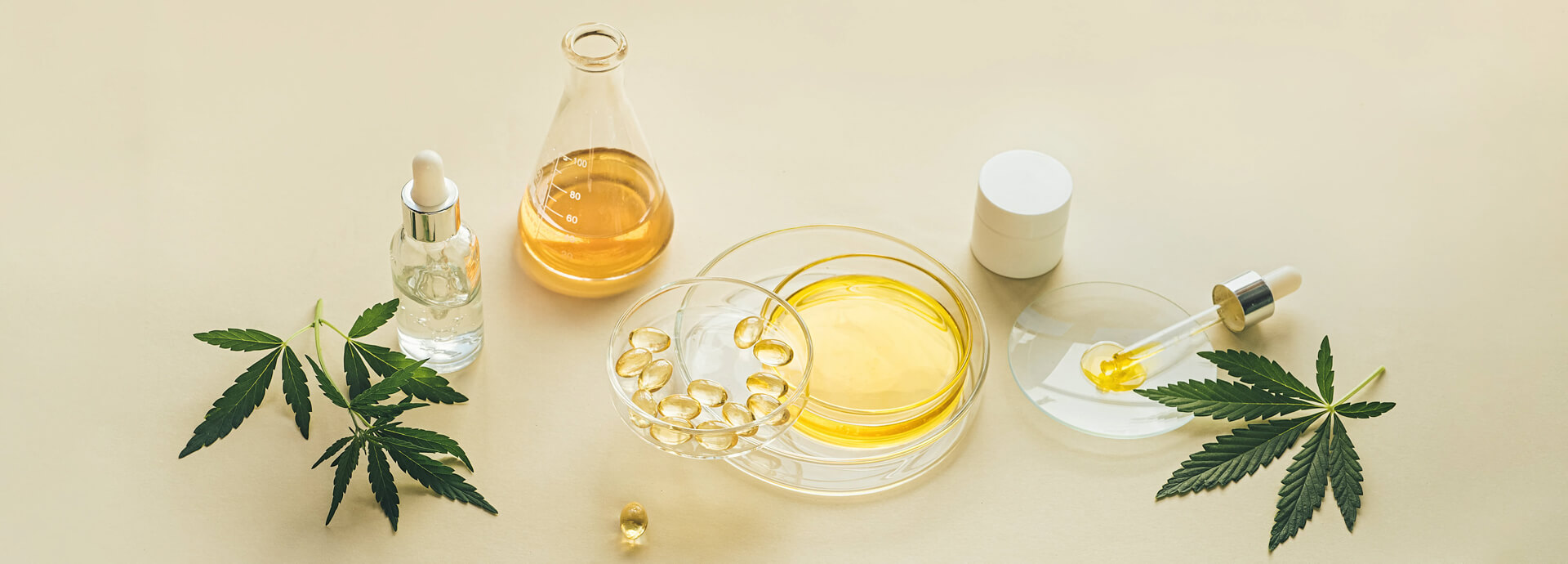
Cannabis’ potential medical applications include mitigating conditions such as:
- Crohn’s disease
- Alzheimer’s disease
- Fibromyalgia
- Cancer
Inevitably, there is the other side of the coin. For delta-9, it is called possible side effects. Those diagnosed with schizophrenia or psychosis must avoid delta-9. Even those with a family history of these conditions should stay away. Side effects normally affect those who have just started using delta-9 and include:
- Anxiety
- Insomnia
- Paranoia
- Accelerated heart beats
- Low / high blood pressure

Molecular Mechanics
Both cannabidiol (CBD) and delta-9 have the same chemical composition. They have somewhat different molecular arrangements which endows them with diverging properties – CBD does not produce the intoxicating or “high” effect, which delta-9 does.
Both, Delta-9 and CBD, act on the human endocannabinoid system (ECS). The ECS works to restore balance. For example, if the body feels pain due to an injury, the ECS tries to nullify the sensation of pain. ECS consists of:
- Endocannabinoids viz. anandamide (AEA) and 2-arachidonoylglycerol (2-AG). These are similar to cannabinoids such as delta-9 and CBD.
- Endocannabinoid Receptors CB1 and CB2 are where endocannabinoids get attached to relay the message.
- Enzymes disintegrate AEA and 2-AG after the latter have served their purpose.
Delta-9 acts by binding to both CB1 and CB2 similar to the way endocannabinoids do, thereby diluting the feelings of pain, anxiety etc. Delta-9 also operationalizes certain brain receptors. CBD’s action on the ECS is under research. It works by either:
- Binding loosely to CB1 and CB2.
- Prevents ECS enzymes from disintegrating the endocannabinoids, thereby allowing them to produce greater impact
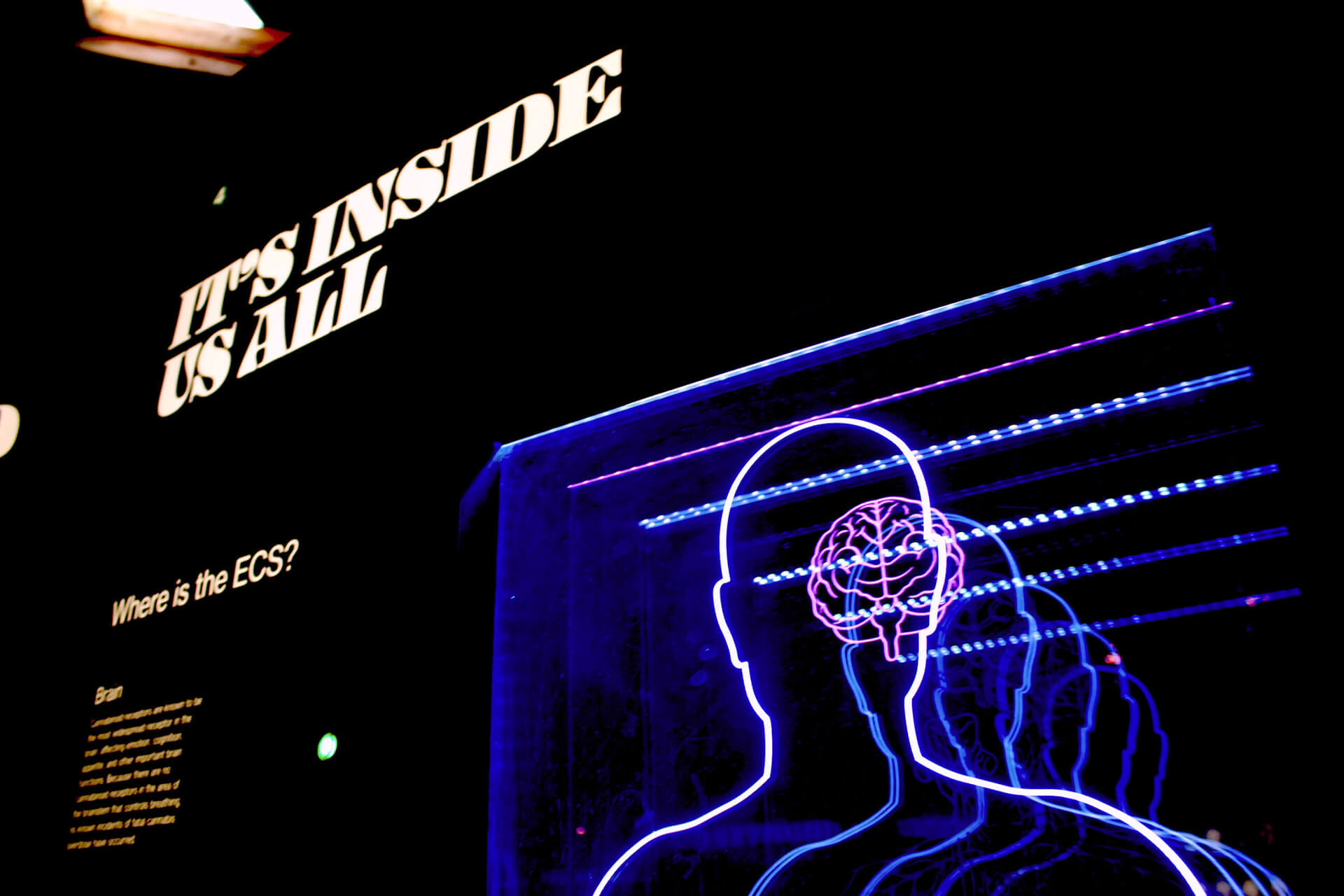



References
- Delta-9 THC: Explaining the Most Infamous Cannabinoid, Tanasi.
- What is marijuana?, National Institute on Drug Abuse, NIH.
- How Pot Affects Your Mind and Body, Paul Frysh, WebMD LLC.
- What Is THC?, Elizabeth Hartney, Verywell Mind, Dotdash Media, Inc.
- Does Smoking Pot Make You More Creative?, Alexxa Gotthardt, Artsy.
- Marijuana’s Popularity Among US Adults Continues to Grow. Here’s Why, Cari Nierenberg, Live Science.
- A Simple Guide to the Endocannabinoid System, Healthline Media.

